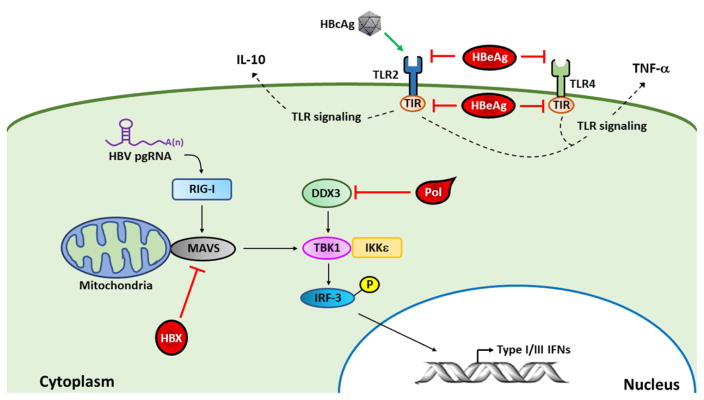Figure 1. Suppression of host innate immune response by HBV.
HBV DNA polymerase (Pol) binds to DDX3 to suppress the activation of IRF3 and, although HBV pgRNA activates RIG-I to induce type III IFN via MAVS, TBK1 and IRF3, the binding of HBx to MAVS disrupts the RIG-I signaling pathway. HBcAg can activate TLR2 in Kupffer cells to induce the expression of the anti-inflammatory cytokine IL-10, and HBeAg can suppress TLR2 and TLR4 signaling in PBMC to inhibit the expression of TNF-α. Intracellular HBeAg can also bind to the TIR motif of TLRs to suppress TLR signaling.

